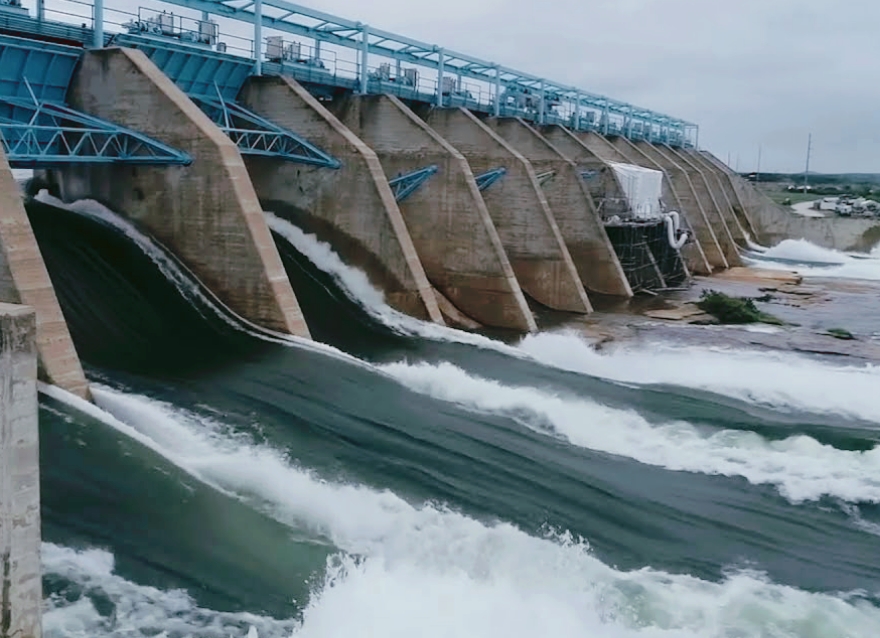Table of Contents
What Are Floodgates?
Floodgates are used to control water in various channels such as dams, rivers and canals. Floodgates are movable gates installed across the water. Water can be stop partially or completely.

When a main river or canal is on the verge of flooding, floodgates in flood bypass systems can also be used to lower the water levels in the channels by allowing more water to flow into a bypass or detention basin.
The design requirements for valves used in floodgate applications are diverse, and they are typically installed near the base of dams. In many cases, energy dissipation—aside from managing flow—is the most crucial need. Water exits a dam’s foundation with a great deal of force from above since it is so heavy. The flow can erode neighboring rock and soil and harm structures if this energy isn’t released.
The functioning of the pressure head, the flow rate, whether the valve operates above or below water, and the regulation of precision and cost are additional design considerations.
Types
Various types of floodgates are used in hydraulic structures. I have describes some popular types of floodgates.
Rotating gates with cylindrical section gates are known as radial gates.
Clamshell gates feature a design that enables them to open in a manner akin to how a clamshell’s two pieces might.
Fusegates use free-standing blocks that are embedded in the spillway sill to control the ordered discharge of water at different locations along the spillway’s face.
FAQ
What Is Floodgate?
Floodgate is a device used in hydraulic structures to regulate the flow of water.
